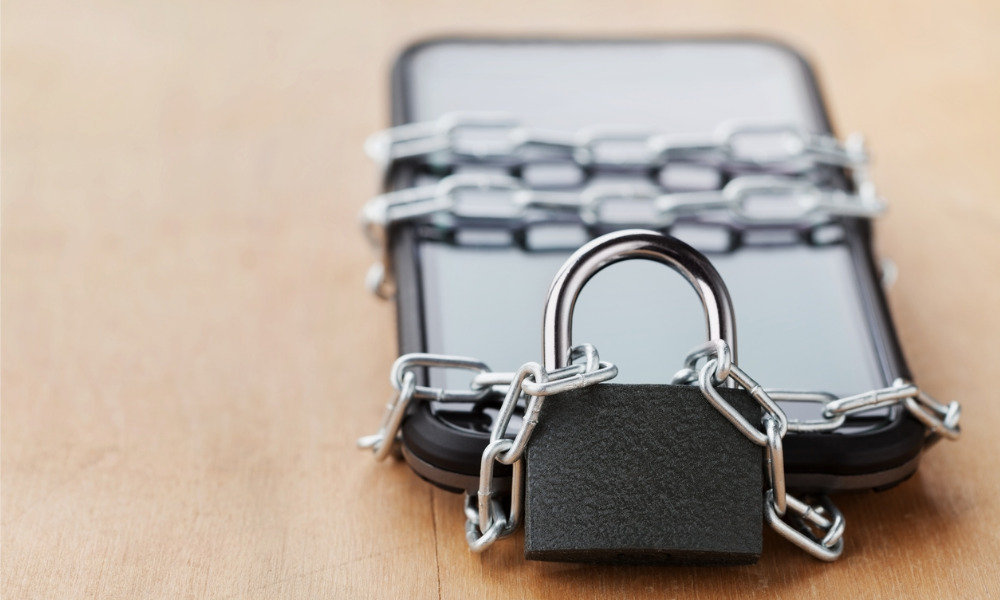The idea is gaining traction in Europe but remains a remote possibility in the U.S.

Already adopted in several European countries including France and Germany, recent developments around work structures amid the pandemic have seen the ‘right to disconnect’ gain traction among U.S. workers.
In 2016, the French government adapted its labor laws to include a provision on the ‘right to disconnect’ meaning that employees do not have to take work-related calls or answer emails related to work during the time off (in the evening, on vacation or on the weekend for example).
In January 2021, the European Parliament voted in favour of a report on the ‘right to disconnect’. What this means for other European countries remains to be seen, but the idea is gaining traction outside of Europe.
In a world where flexible working is becoming the norm thanks to the pandemic, what would this look like? And certainly, labor laws are very different in North America so how would this even translate into U.S. safety and health law under OSHA?
Flexible working?
The right to disconnect could be a solution to easing the stress placed on workers. A recent report by the World Health Organization (WHO) revealed that overwork is the single largest risk factor for occupational disease. Chronic stress related to overworking can increase blood pressure and cholesterol, and there are also psychological risks too.
A November 2020 by staffing firm Robert Half revealed that over half (55 per cent) of professionals who transitioned to a remote setup as a result of the pandemic say they work on weekends. 34 per cent of remote employees report regularly working over eight hours a day.
Though the flexibility brought in by the pandemic has been beneficial in a number of ways, it has also made it harder for workers to disconnect and find a health work life balance.
“Heavier workloads have become a reality for many professionals during the pandemic, making it more challenging to disconnect while at home,” said David King of Robert Half.
OSHA
According to Paul M. Secunda, Marquette University Law School, there are currently no enacted or potential regulations under OSHA which would address the scope or timing of workplace-related e-communications between employers and employers.
“Nevertheless, the framework of OSHA […] does allow the implementation of enforceable default rules through its General Duty Clause, when there is no existing safety and health permanent regulation,” says Secunda.
“Once a proposed safety and health standard on employee disconnection is promulgated by OSHA, necessary flexibility is also provided under permanent variances so that employers can tailor policies, which are just as effective in preventing employee overwork and stress through lack of disconnection as the OSHA regulation, to the needs of their workplace.
This proposed approach would also include an anti-retaliation feature so that employees would be free to file disconnection complaints about overwork through OSHA without retribution,” says Secunda.
("The Employee Right to Disconnect," Notre Dame Journal of International & Comparative Law: Vol. 9: Iss. 1, Article 3 available here.)
So there are certainly possible paths to implementing a ‘right to disconnect’ for U.S. workers, the question is now whether this is something that will gain enough of traction among employers and labor legislators for it to become a reality.





